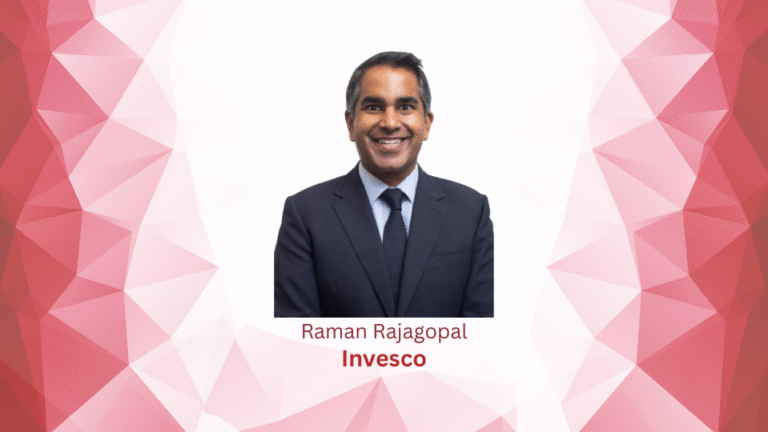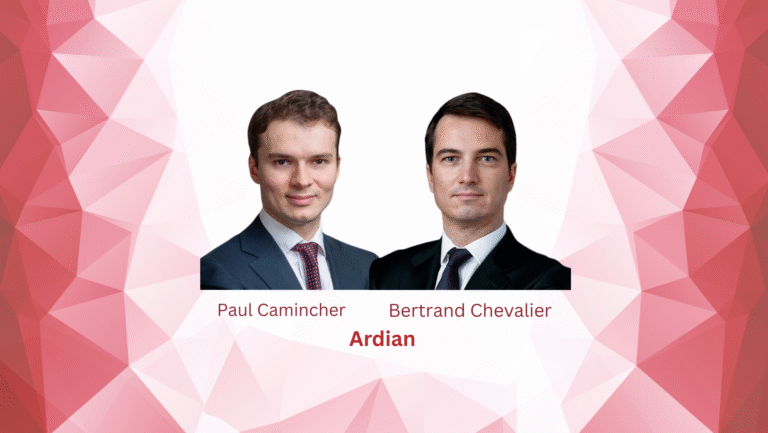Article by Gabriele Damiani, Head of Core / Core+ Infrastructure at Swiss Life Asset Managers, as published in Insight/Out magazine #35.
In recent decades, infrastructure investing has emerged as a preferred strategy for investors seeking long-term, stable returns. The growing recognition of the importance of infrastructure in the modern economy, combined with its intrinsically strong characteristics, has propelled infrastructure investments to the forefront of the Private Equity investment landscape. However, this popularity has, in some ways, diluted the original intent of infrastructure investing. The foundational principles –focusing on essential, tangible assets with reliable cash flows and enduring value –have often been overshadowed by more complex strategies and the pursuit of higher returns. This has led many to call for a return to the “roots” of infrastructure investing. But what does this return look like, and why is it relevant in today’s financial environment?
Understanding the roots of infrastructure investing
At its heart, infrastructure investing has always been about supporting the development and maintenance of vital assets that underpin economic and social activity. These include transportation systems (roads, bridges, airports, railways), utilities (electricity grids, pipelines, water and sewage systems), telecommunications networks, and social infrastructure (hospitals, schools, student housing, etc). Such investments are crucial to society’s functioning, providing the backbone for everyday business and life.
Historically, infrastructure projects were seen as straightforward, long-term commitments. Investors would finance the construction or refurbishment of these assets, which typically produced stable, predictable revenue through user fees, government payments, or long-term contracts. With minimal correlation to broader market fluctuations, infrastructure investments became especially attractive to long-term investors –such as pension funds and insurance companies –seeking steady returns over time.
In this traditional model, the value proposition of infrastructure investments lay in their stability. Investors would expect steady, inflation-linked returns from assets that were vital to the economy. Risk was generally low because the demand for these services was predictable and relatively inelastic. The focus was on the long-term nature of the assets and the reliability of the cash flows they generated.
The evolution of the asset class and the expansion of the risk/return offering
However, as infrastructure investing evolved, particularly in the 21st century, the sector began to attract more private capital and in order to meet this demand, the investment landscape became more complex, with the definition of infrastructure continuously expanding and financial engineering playing an increasingly significant role. This shift gave rise to strategies targeting higher returns, but it also introduced greater risk, challenging the original rationale for infrastructure investing: stability and predictability.
The emphasis on higher returns has led to a focus on more speculative assets with potentially higher growth but also greater risk. While these types of investments may offer short-term rewards, they also expose investors to political, regulatory, operational and execution risks that were traditionally less of a concern in the infrastructure space. Furthermore, recent geopolitical volatility and subsequent ramifications have led to a repricing of traditional infrastructure whereas returns for Core/Core+ assets have moved upwards while the associated risk has not increased due to the fundamental characteristics of the underlying assets.
Risk spectrum infrastructure

Source: Swiss Life Asset Managers
Going back to the roots of infrastructure investing means refocusing on the qualities that made these assets attractive to begin with: essential, long-lasting, and stable. By prioritising predictable cash flows and the durability of the underlying assets, investors can mitigate risk and shift the focus back to long-term value over short-term gains. Moreover, core infrastructure assets offer a degree of protection during economic downturns. Because many of these services are inelastic –meaning demand holds steady even during downturns –they can provide insulation from broader economic cycles. This stability is especially valuable for institutional investors that rely on steady cash flows to meet long-term obligations. Additionally, traditional infrastructure assets typically have long lifespans, allowing for effective long-term planning driving active value creation initiatives to deliver steady, reliable returns
A balanced approach to infrastructure investing
Although today’s infrastructure investing environment presents ample opportunity for growth and yield, there is undeniable value in returning to its foundational principles. By investing in essential, long-term assets that provide vital services, investors can benefit from predictable cash flows, lower risk, long-lasting value and solid returns. This approach not only benefits investors but also contributes to the broader economy through the financing of projects that are crucial for economic development and societal well-being.
In an increasingly complex and uncertain investment environment, going back to the roots of infrastructure investing may offer the balance between risk and reward that many investors seek. In doing so, they can achieve reliable long-term returns while helping sustain the infrastructure that powers the modern world.
Swiss Life Asset Managers has been investing in the infrastructure space across various strategies since 2011 and currently has EUR 12 bn of assets under management across all sectors in 13 different countries. With Swiss Life Asset Managers’ fourth generation Core/Core+ infrastructure fund, we will continue to lean on our proprietary origination capabilities to identify quality investment opportunities which encompass the fundamental attributes of traditional infrastructure investing while striving for enhanced returns through active value creation.
Disclaimer:
This article has been prepared by a legal entity of Swiss Life Asset Managers Division (hereinafter “Swiss Life Asset Managers”) and is intended for marketing and information purposes only. It does not constitute any offer to issue or sell, or any solicitation of any offer to (i) subscribe or purchase shares, units, or other financial interests in investments or (ii) provide any investment services. Past performance is not indicative of current and future performance. Investment involves risk. Investors should refer to the relevant offering document for full details before investing in any investment products and seek professional advice where appropriate. The content of this article is based upon sources of information believed to be reliable, but no guarantee is given as to their accuracy or completeness. This article includes forward-looking statements which are based on our current opinions, expectations, and projections. Swiss Life Asset Managers undertakes no obligation to update or revise any forward-looking statements. Actual results could differ materially from those anticipated in the forward-looking statements. Neither Swiss Life Asset Managers nor any entity of Swiss Life Group, nor any of its directors, employees, agents, and/or shareholders shall be liable for any financial loss or any decision taken based on the information contained in this document.




